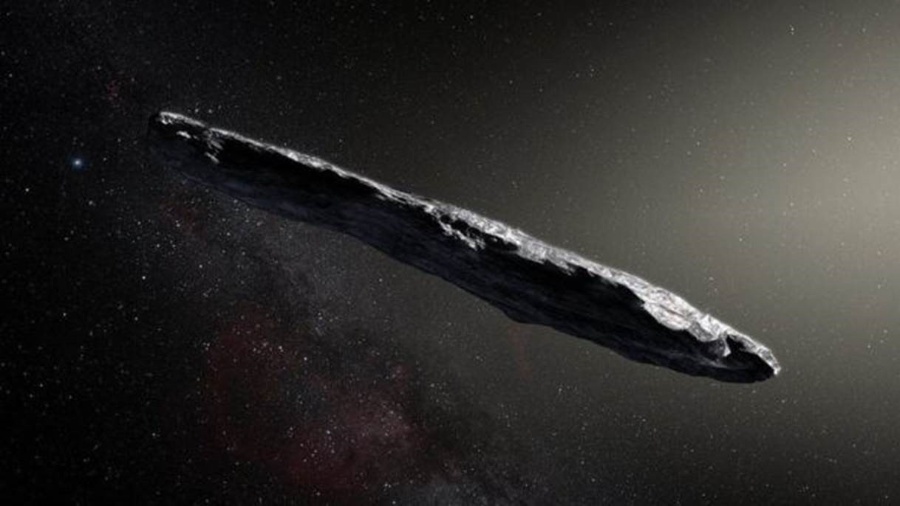Hubble flagra cometa em pedaços circulando pelo sistema solar; veja imagens

Um cometa circulava pelo sistema solar em pedaços e foi capturado pelo telescópio espacial Hubble. Ele foi descoberto em dezembro do ano ado e recebeu o nome de C/2019 Y4 (Atlas). Agora ele está totalmente destruído.
Os registros feitos na semana ada mostram 25 a 30 fragmentos do cometa viajando juntos em direção ao interior do sistema solar. As imagens foram feitas nos dias 20 e 23 de abril.
"A aparência deles mudou substancialmente entre os dias, tanto que é bastante difícil conectar os pontos", disse o astrônomo David Jewitt, da Universidade da Califórnia, em Los Angeles à revista científica Science Alert.
"Não sei se isso ocorre porque as peças individuais estão piscando quando refletem a luz do sol, agindo como pisca-piscas em uma árvore de Natal ou porque fragmentos diferentes aparecem em dias diferentes", explicou.
Esperava-se que o cometa fosse visível a olho nu da Terra, mas a fragmentação frustrou essa possibilidade.
O Hubble conseguiu capturar partes individuais do cometa. A estimativa era que o C/2019 Y4 (Atlas) tinha até 200 metros de largura.
Os pedaços do cometa poderiam fornecer pistas sobre a fragmentação desses corpos celestes, processo ainda não totalmente observador.
Os cientistas acreditam que exista gelo dentro de alguns cometas e que quando eles se aproximam do Sol, o calor evapora essa água, causando uma enorme pressão de vapor que influencia diretamente no núcleo da rocha espacial.
Veja as imagens capturadas pelo telescópio espacial Hubble:

















ID: {{comments.info.id}}
URL: {{comments.info.url}}
Ocorreu um erro ao carregar os comentários.
Por favor, tente novamente mais tarde.
{{comments.total}} Comentário
{{comments.total}} Comentários
Seja o primeiro a comentar
Essa discussão está encerrada
Não é possivel enviar novos comentários.
Essa área é exclusiva para você, , ler e comentar.
Só s do UOL podem comentar
Ainda não é ? Assine já.
Se você já é do UOL, faça seu .
O autor da mensagem, e não o UOL, é o responsável pelo comentário. Reserve um tempo para ler as Regras de Uso para comentários.